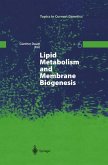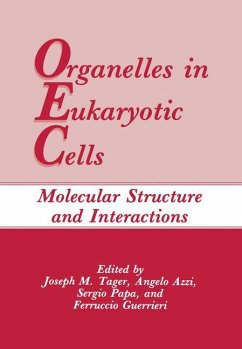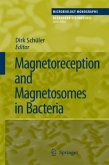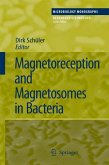The authors of this contributed volume define various inclusions and supramolecular structures in prokaryotes as discrete bodies. Research on the biosynthesis, reutilization and physiological functions of the accumulated structures is still in progress, while the interest in these inclusions is still growing. Within this second edition, the new editor organized updates to the most important contributions of the original volume.
The chapters discuss the most prominent inclusion examples such as gas vesicles, inorganic inclusions (sulfur globules, magnetosomes, polyphosphatosomes), carbon-based inclusions (lipid bodies, carbonosomes, granulose, cyanophycin) as well as other organelle-like microcompartments (carboxysomes, anammoxosomes), thus making this volume a fascinating read for scientists with a keen interest in microbiology.
The chapters discuss the most prominent inclusion examples such as gas vesicles, inorganic inclusions (sulfur globules, magnetosomes, polyphosphatosomes), carbon-based inclusions (lipid bodies, carbonosomes, granulose, cyanophycin) as well as other organelle-like microcompartments (carboxysomes, anammoxosomes), thus making this volume a fascinating read for scientists with a keen interest in microbiology.








